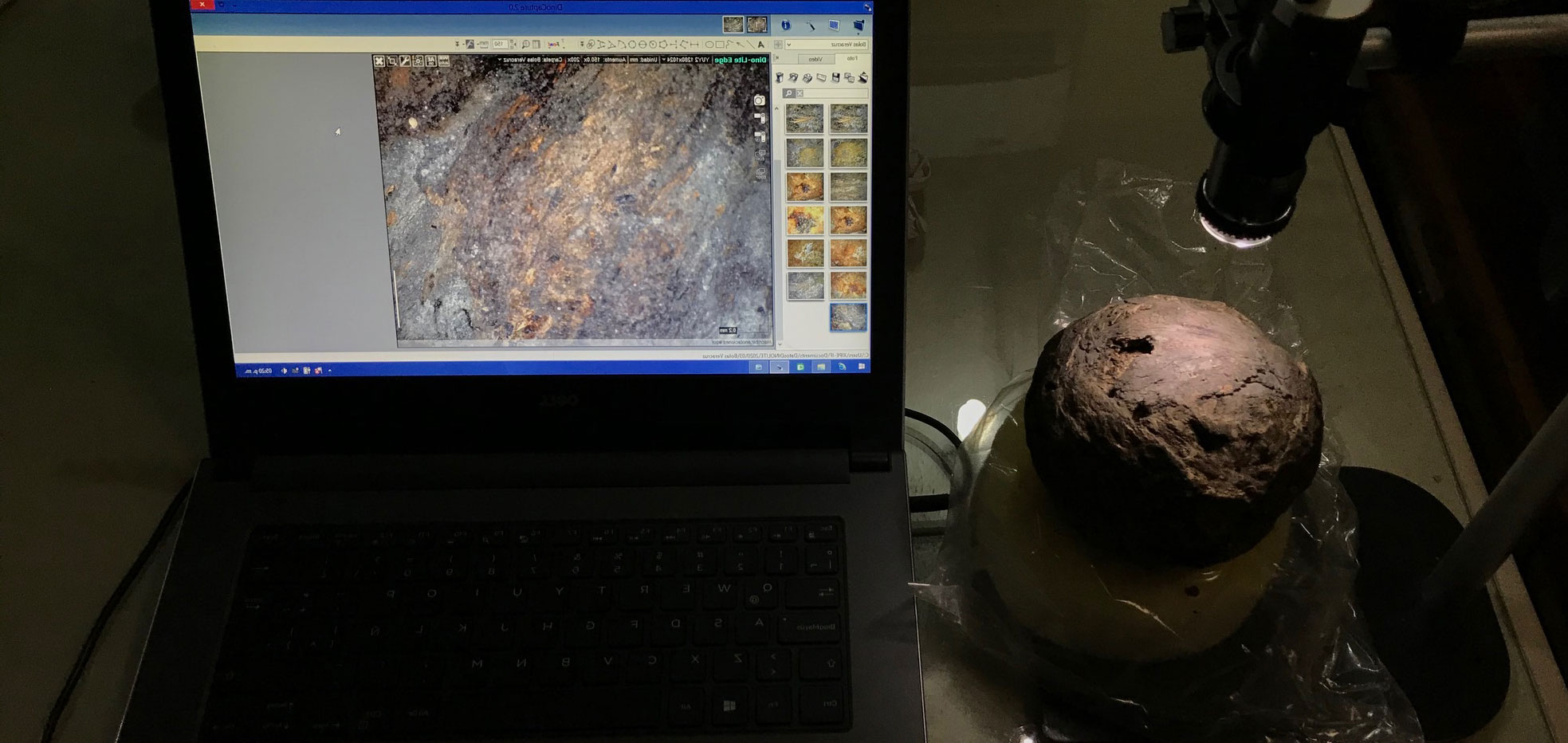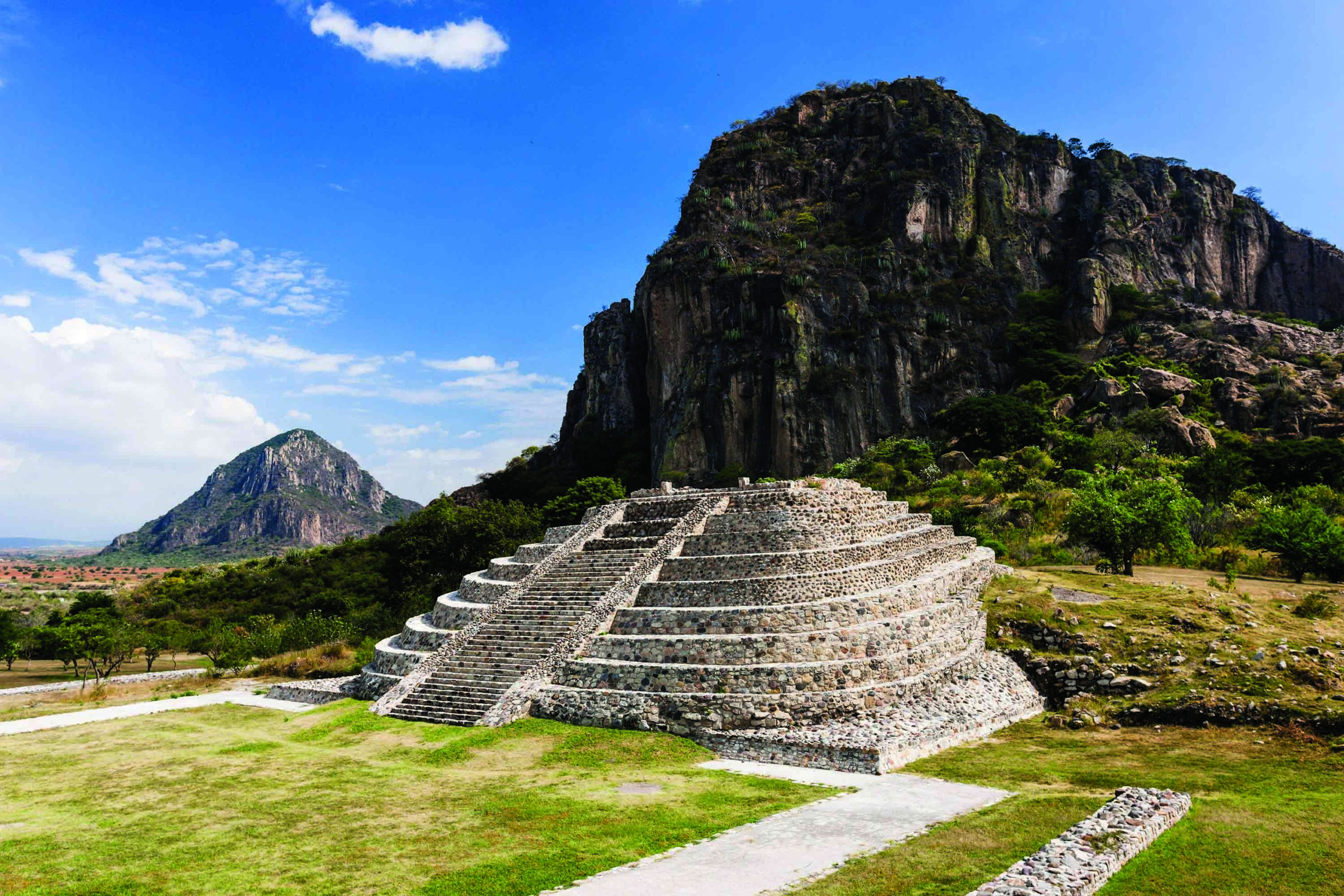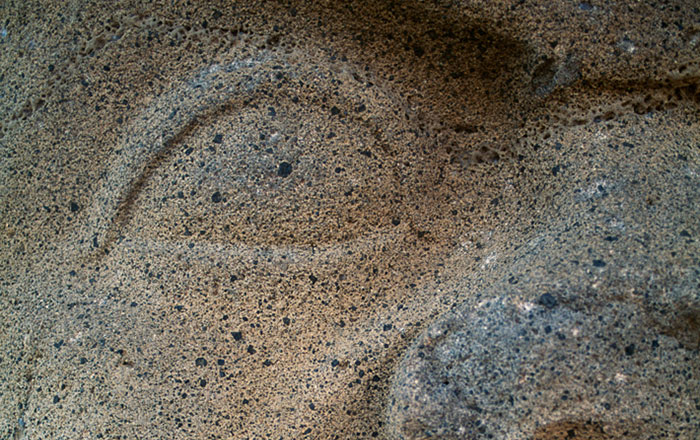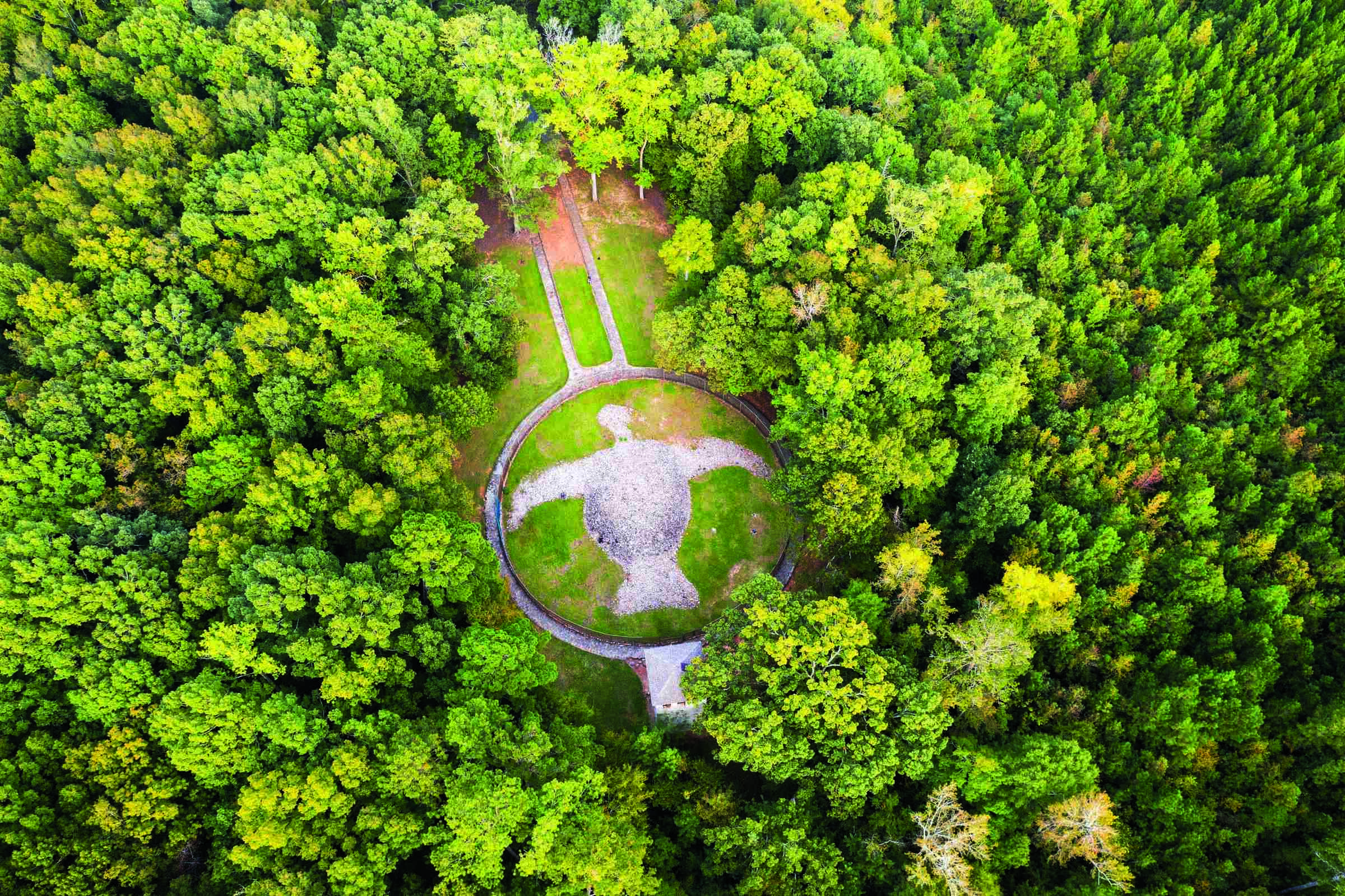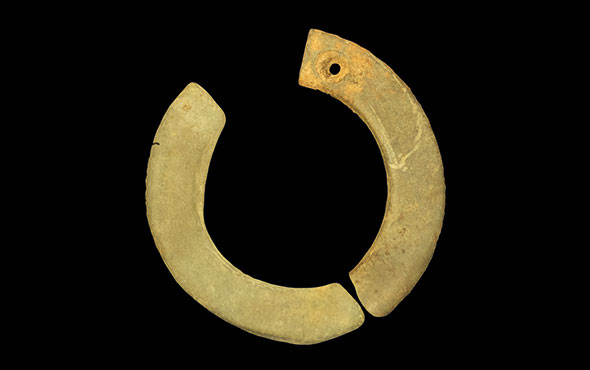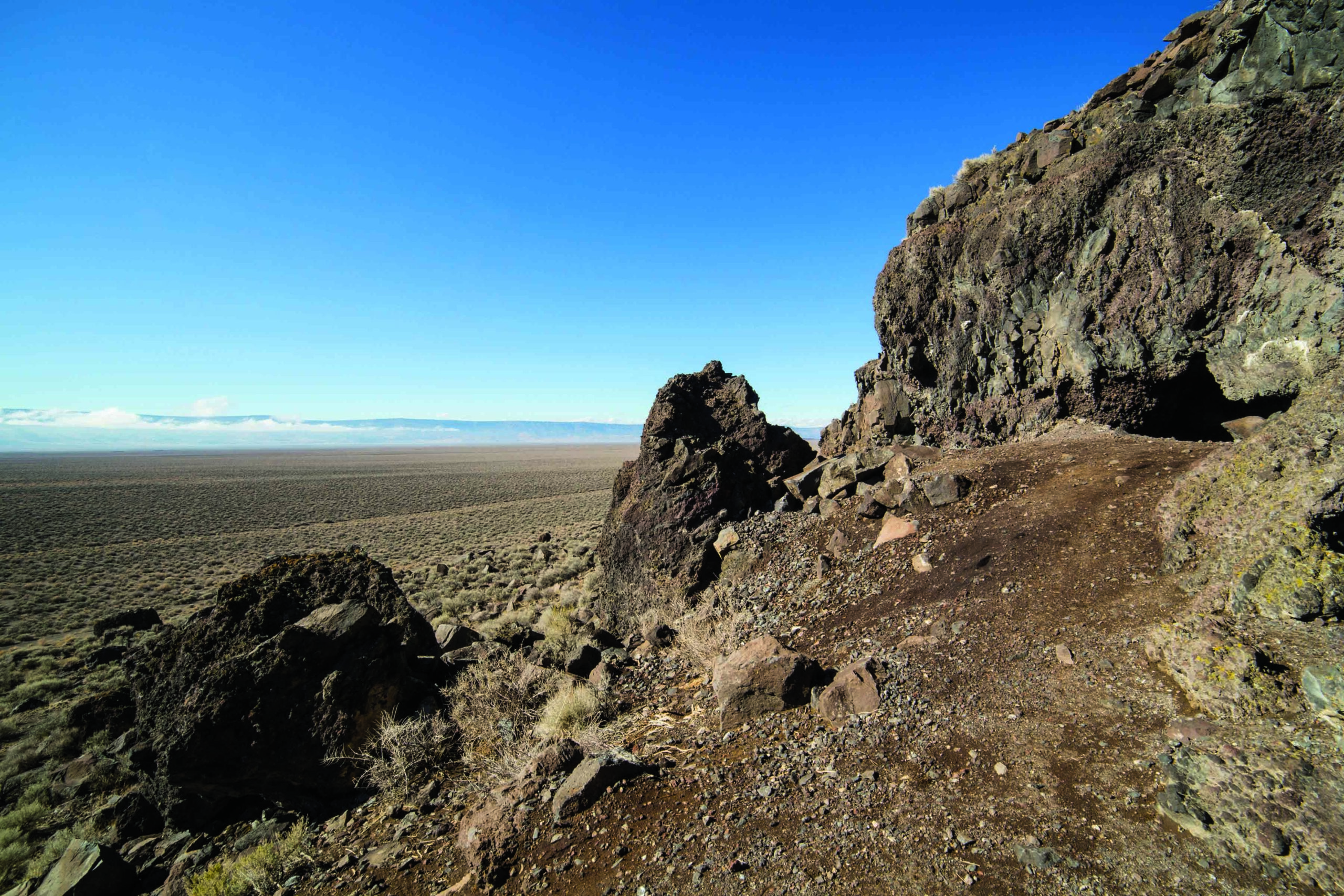
VILLAHERMOSA, MEXICO—Accoring to a Live Science report, archaeologists in the Mexican state of Tabasco have recovered two circular Olmec reliefs dating to between 900 and 400 B.C. that depict local rulers engaging in a form of ritual contortion. In these rituals, researchers say, practitioners adopted a stance or seating position that reduced oxygen flow to the brain, inducing a trancelike state. The 3-D limestone reliefs, which each measure some four-and-one-half feet in diameter and weigh more than 1,500 pounds, show the rulers grimacing with their mouths open and their arms crossed. In both reliefs, they are surrounded by Olmec motifs associated with elite rulership, maize, and jaguars. The reliefs were initially discovered on private land in 2019 near the town of Tenosique in the southern part of Tabasco and, according to researchers from Mexico's National Institute of Anthropology and History (INAH) who were among scholars called in to analyze them, they are similar to contemporaneous examples found elsewhere in the region. Archaeologist Tomás Pérez Suárez of the Center for Mayan Studies at the National Autonomous University of Mexico said that Olmec people of the period are thought to have believed that participating in contortion rituals that led to trancelike states left participants with special powers. To read about the Olmec city of Tres Zapotes, go to "Kings of Cooperation."



